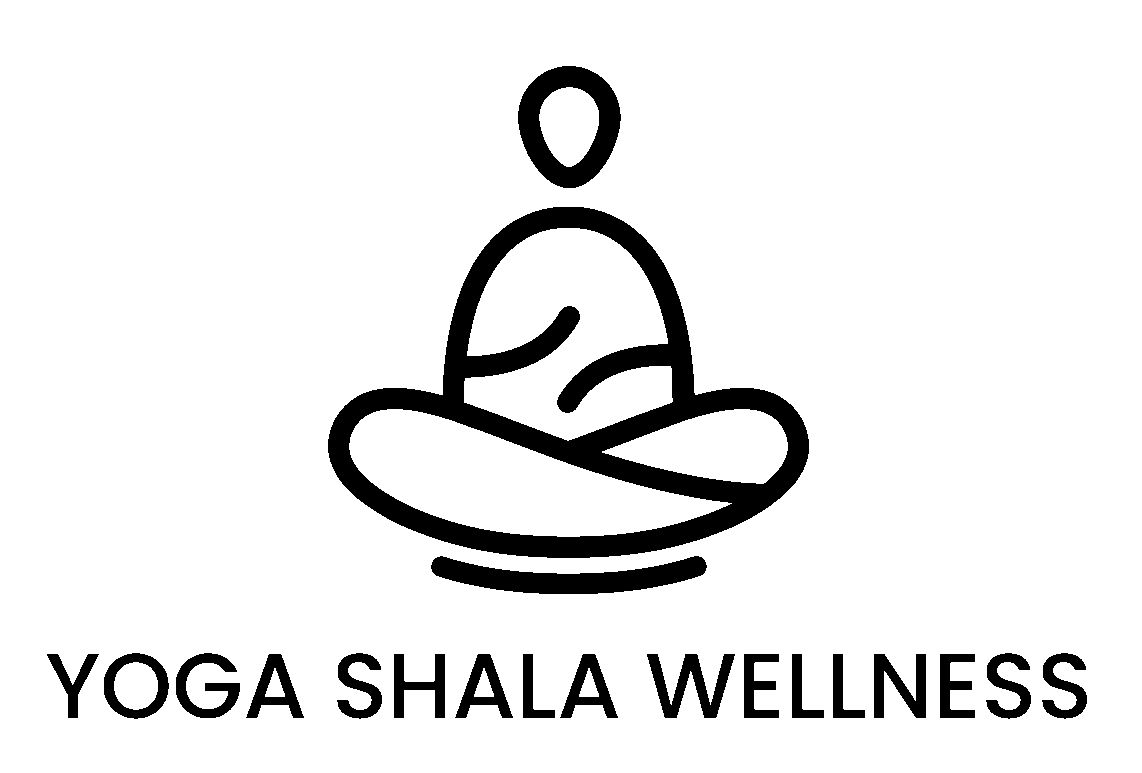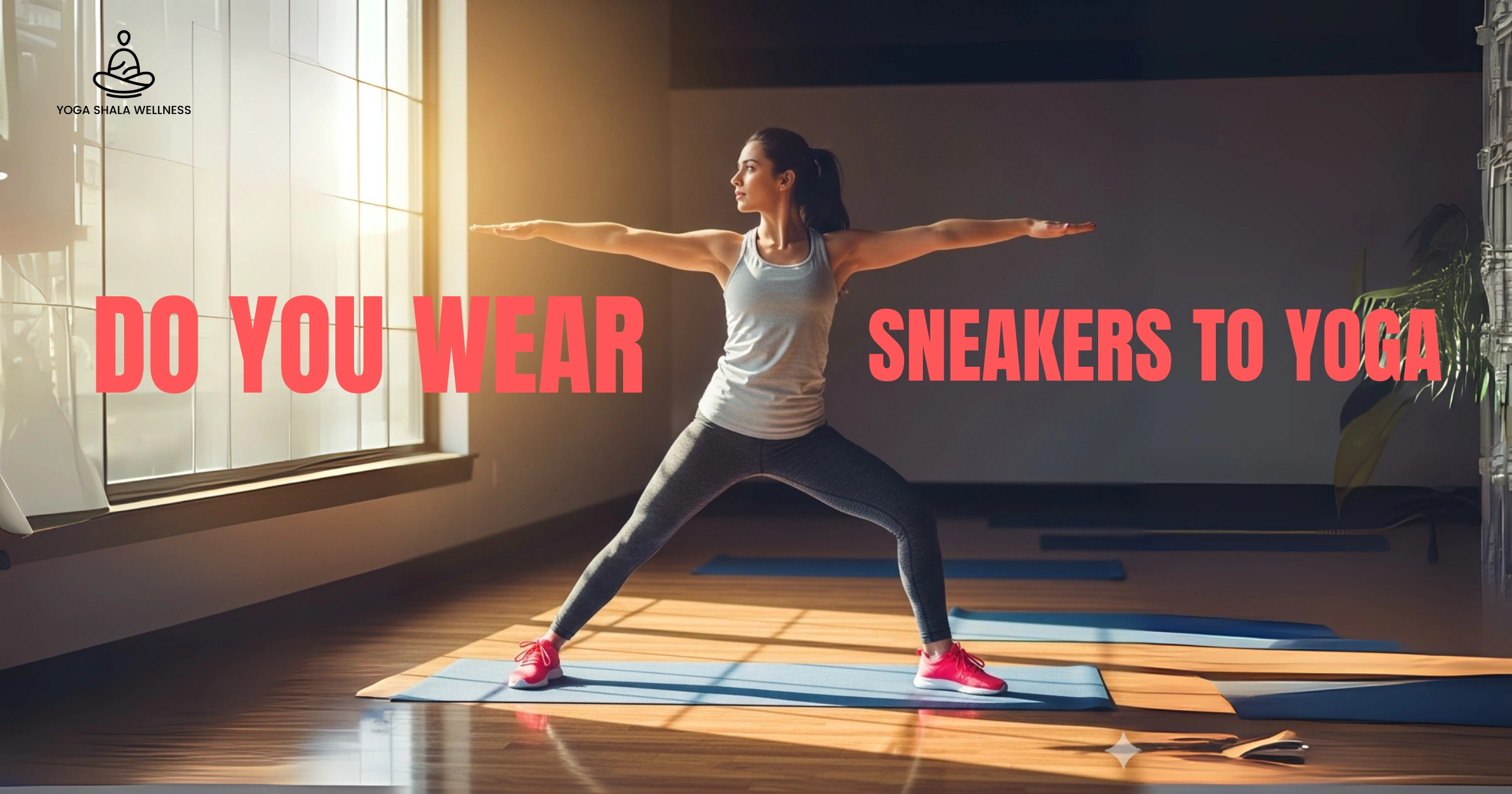No, you don’t wear sneakers for yoga. Yoga is best practiced barefoot. Being barefoot lets your feet grip the mat properly, helps with balance, and gives you better stability in poses. Sneakers can make it harder to stretch, move freely, and stay grounded. They can also damage your yoga mat.
Most yoga classes are done without shoes, but there are a few exceptions. For example, some gentle or outdoor yoga practices may allow light footwear if you feel uncomfortable being barefoot. You can also use yoga socks or barefoot shoes. These give extra grip and keep your feet warm while still letting you connect with the ground.
It’s fine to wear sneakers when you’re going to or leaving class, but once you’re on the mat, barefoot is the best way to practice.
Table of Contents
Reasons to Avoid Sneakers in Yoga
Wearing sneakers during yoga might feel comfortable at first, but they can actually get in the way of your practice. Here’s why going barefoot is better:
1. Disrupts connection to the floor
Yoga relies on grounding and balance. Bare feet help you connect with the mat, making it easier to feel stable in poses. Sneakers block this natural connection.
2. Reduces grip and stability
Sneakers, especially ones with thick soles, can slip on the mat. This reduces your grip and makes balancing harder. In some cases, it can even increase the risk of falling.
3. Damages the yoga mat
Shoes are rough on yoga mats. They can cause scratches, punctures, or wear the mat down faster, which shortens its life.
4. Transfers dirt and germs
Shoes carry dust, bacteria, and chemicals from outside. Wearing them on your mat spreads germs and can affect the cleanliness of your practice space.
Also Read: Why People Don’t Like Doing Yoga in Studios
When You Might Wear Shoes or Socks
While yoga is traditionally practiced barefoot, there are a few situations where wearing shoes or socks can make sense:
1. To and from the studio
Sneakers are great for your commute. You can wear them while heading to class and then remove them before stepping on the mat.
2. For specific classes or individuals
In adapted practices like chair yoga, some people may use sneakers for stability. They can also help individuals with alignment challenges or those who need extra foot support.
3. With yoga socks
Specialized yoga socks with non-slip grips are a good option if you want warmth, comfort, or better traction. They are especially useful in restorative or yin yoga classes where movement is slower.
4. Barefoot shoes
Minimalist “barefoot” shoes, often with individual toe slots, offer protection while still allowing natural foot movement. They can provide grip without restricting your balance as much as regular sneakers.
Also Read: Yoga Pants or Leggings: What’s the Difference and What Do You Wear?
Conclusion: do you wear sneakers to yoga?
No, sneakers are not meant for yoga practice. Going barefoot helps you stay balanced, grounded, and connected to your mat. Shoes can reduce stability, damage your mat, and bring in dirt.
That said, you can wear sneakers on your way to class or in special cases like chair yoga, where extra support is needed. Yoga socks or barefoot shoes are also good alternatives if you want warmth, grip, or protection.
For the best experience, practice barefoot whenever possible. It keeps your movements natural and your connection to yoga strong.

